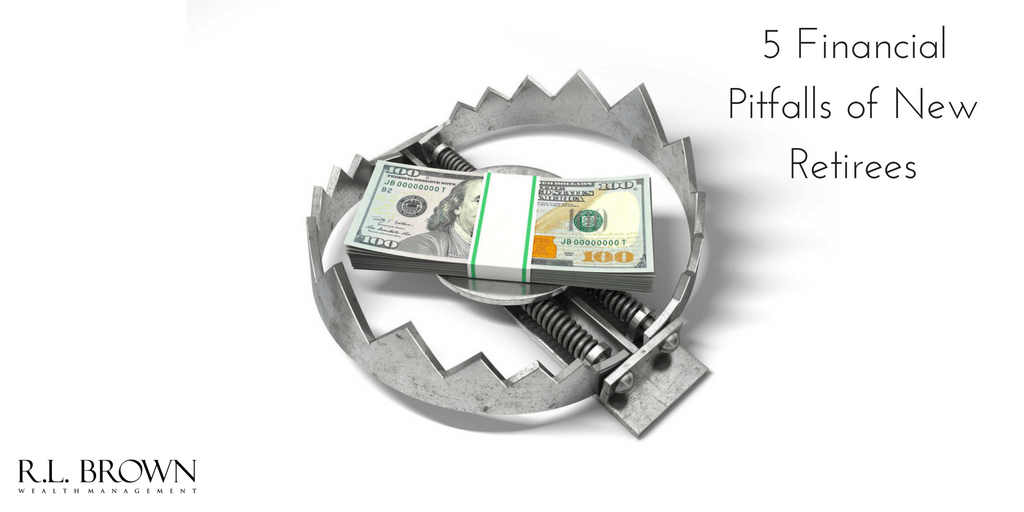We all know the immense value of retirement savings accounts for our golden years. Used correctly, and they can serve as vital funding sources for retirement. But there are also some costly mistakes people can make when it comes to investing and withdrawing assets from such accounts. Following are some of the most common pitfalls you should try to avoid:
1. Non-spouse beneficiary errors
It’s easy to make mistakes if you’re a non-spouse that inherits an IRA account. But proceed carefully in this situation. Some errors cause inherited funds to become immediately taxable. Talk with a financial professional and examine all your options if you are a non-spouse beneficiary as the rules can be tricky. There is usually no going back once a mistake is made, and the results are costly.
One of the most common mistakes is if a non-spouse beneficiary takes a distribution that is payable to him or her from an inherited IRA or 401(k). This is something that’s one either intentionally or via company error. Either way, the funds become immediately taxable. The reason for this is because the 60-day rollover rule does not apply to non-spouse beneficiaries.
Instead, non-spouse beneficiaries should move inherited funds through a direct (trustee-to-trustee) transfer to another inherited IRA. This means you request the distribution check from your former retirement plan to be made out in the name of the trustee or financial institution of the new IRA account where you wish to rollover the funds.
2. Net Unrealized Appreciation (NUA)
There are special tax breaks that could be available for retiring employees with highly appreciated employer stock in their company retirement plan.
Let’s say all your company retirement accounts are completely liquidated in the same year and you receive those shares as part of a lump-sum distribution. In this case, you’ll only owe taxes on the sum your company paid for the stock. Remember, if the stock has been appreciating, this can be a small portion of its current market value.
The benefit is the net unrealized appreciation (NUA). This is the difference between the market value on the distribution date and the plan’s cost for the shares. When you receive the shares, there are lower tax rates on long-term capital gains. You also won’t have to pay that tax until you sell the shares. Any additional appreciation is also eligible for lower long-term capital gains rates if you keep the shares more than a year.
A common mistake that disallows the NUA tax break happens when the plan participant is too hasty on the draw with an IRA rollover. Once the company stock is rolled over to an IRA, the NUA tax break is no longer available. The reason is because the rollover is an irrevocable election.
In this case, you must pay ordinary income tax on the distribution of any company stock from the IRA. The capital gains treatment on the sale of the appreciated stock is no longer allowed.
3. Once-Per-Year IRA Rollover Rule
This rule is beneficial for IRA owners as it allows them to roll over a traditional IRA or Roth IRA once per year. But if you roll over an account more than once in a 365-day period, there are serious consequences. The distribution will most likely be taxable and possibly subject to penalties.
If the ineligible funds are accidentally deposited into an IRA as a “rollover,” the problems increase. The amount deposited is an excess contribution in the IRA. As a result, it is subject to a six percent per year excess accumulation penalty if it is not immediately removed from the account. This penalty applies each year the excess funds remain in the IRA.
To avoid this costly error, only rollover your IRA accounts once per year. You can also avoid the situation by using a trustee-to-trustee transfer rather than the 60-day rollover. See the last paragraph of the non-spouse beneficiary section for more details.
The bottom line:
We all make mistakes, but it’s important to learn from them. Study the above three retirement savings account pitfalls and hopefully it will help you avoid them all together. That means more money back in your pocket for the years ahead.







